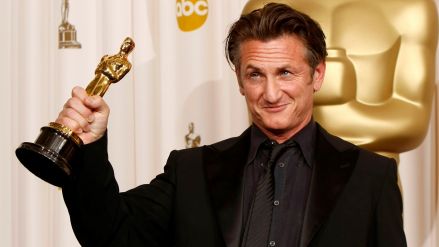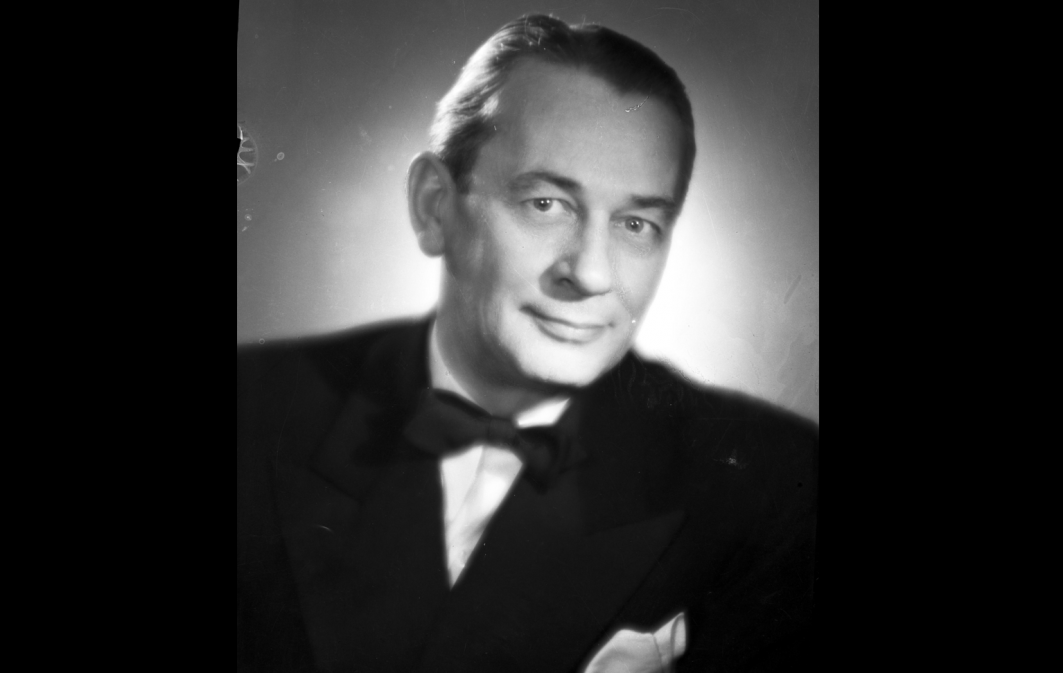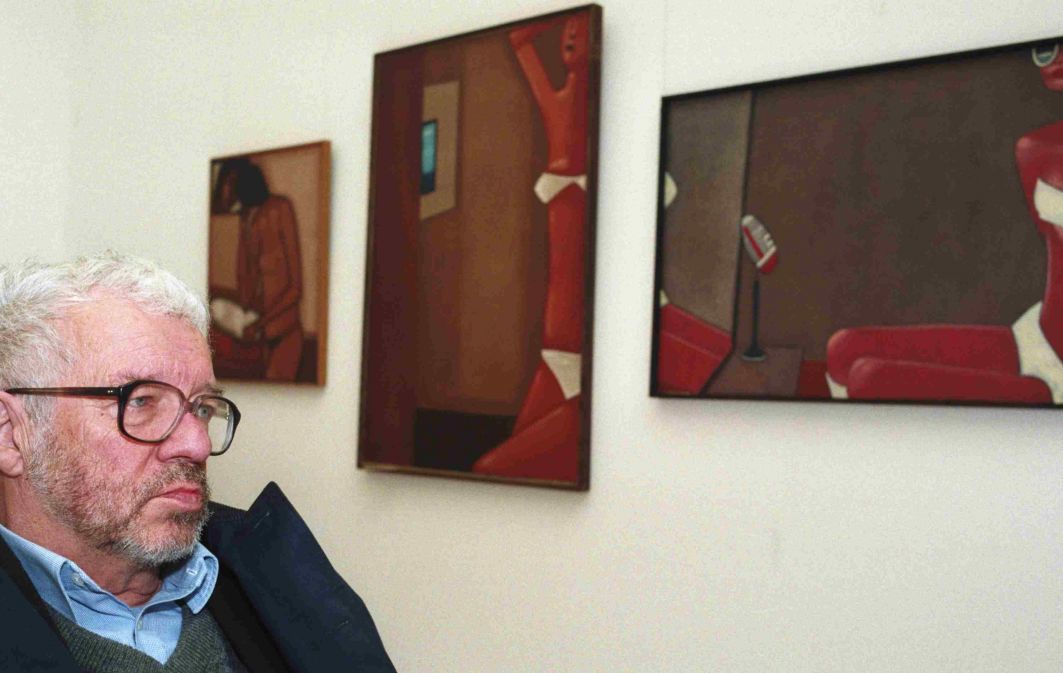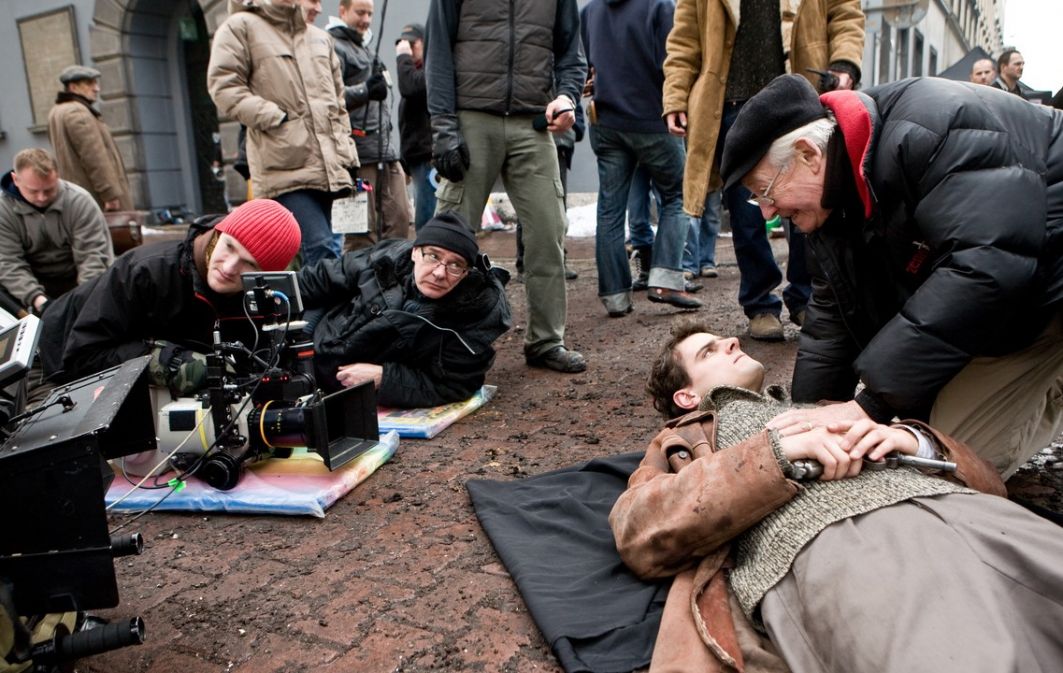Interestingly, the protagonist reacts coldly to the plan to kill Hitler and never even considers helping to carry it out. Despite his declared lawfulness ("all treasures must go to the museum"), he bestows the most important of them on a friend. Nor does he bat an eyelid when the priceless artefacts are destroyed. Wanting to block the way for the agents who are pursuing him, Indy unhesitatingly knocks over shelves filled with antique ceramics. Well, we love him for being so nonchalant, if nothing else.
The Antikythera mechanism is 2,200 years old. The roots of the cinematic pentalogy do not go that deep. Of course, you can look for (and find) Jones's protoplasts among the people making up the foundations of archaeology. If someone were to make a series about the life of Giovanni Battista Belzoni, many viewers would find it hard to believe that this adventurer was also a pioneer of Egyptology and, had he lived longer, would certainly have made further era-defining discoveries. But Indy is, in fact, an angel of vengeance. He has appeared to punish the California dream factory for deviating from its original mission, which was to make people feel better.
 SIGN UP TO OUR PAGE
SIGN UP TO OUR PAGE 
Hollywood's power was built on escapist spectacles, but snobbery and a misjudgement of reality caused such films to virtually disappear from screens in the 1960s. The studios opted for “serious cinema for grown-up people.” The result was a string of critical successes, praise from reviewers and… a financial disaster. Spielberg and Lucas were the first to realise that this was a dead end and proposed a return to the past. The success of “Star Wars”, “Jaws” and “Close Encounters of the Third Kind” infuriated critics. They began to grumble about “popcorn cinema,” “infantilised audiences” and directors chasing the whims of teenagers for financial gain.
The intellectual with a whip
Indiana Jones, formally speaking, was born on a beach in Hawaii in May 1977. He has no mother, but as many as two (and including the screenwriters, four) fathers. According to another version, he is a Frankenstein, i.e. a monster sewn together from fragments of other people. Such as Errol Flynn, Humphery Bogart (“The Treasure of the Sierra Madre”), Charlton Heston (“The Secret of the Incas”) and Jean-Paul Belmondo (“The Man from Rio”). Last, but not least, he was an improved Bond. The adolescent audience enthusiastically welcomed performances in the retro spirit, using state-of-the-art technology. For the price of a cinema ticket, you got a veritable roller coaster ride of emotions. Constant fireworks, and a breakneck pace of adventure.
At times it may have seemed as if the filmmakers were carried away by their imagination. Jones had to deal with supernatural forces. Malicious people claimed that with the golden age of Hollywood, the (neo)colonial point of view and misogyny had returned. Indeed, initially, the role of women in the series was reduced to issuing cries of horror. Fortunately for damsels in distress, Indy came to the rescue with his bullwhip only a crack away.
Indy has something of Dr. Jekyll and Mr. Hyde about him. When he lectures and teaches students, he appears to be an intellectual. However, when he goes on a “business trip”, a new spirit enters him. He may be reckless and gruff, but he has a moral backbone of steel. This is to Spielberg's credit, as Lucas was always tempted to make the down-and-out character into something more sassy: a hedonist and playboy, living off the sale of the artefacts he discovered.
As he grew older, Jones became more and more brooding, gradually losing his charm. Even before retiring, he discovered that the most important thing in life is family, which includes companions from past adventures.
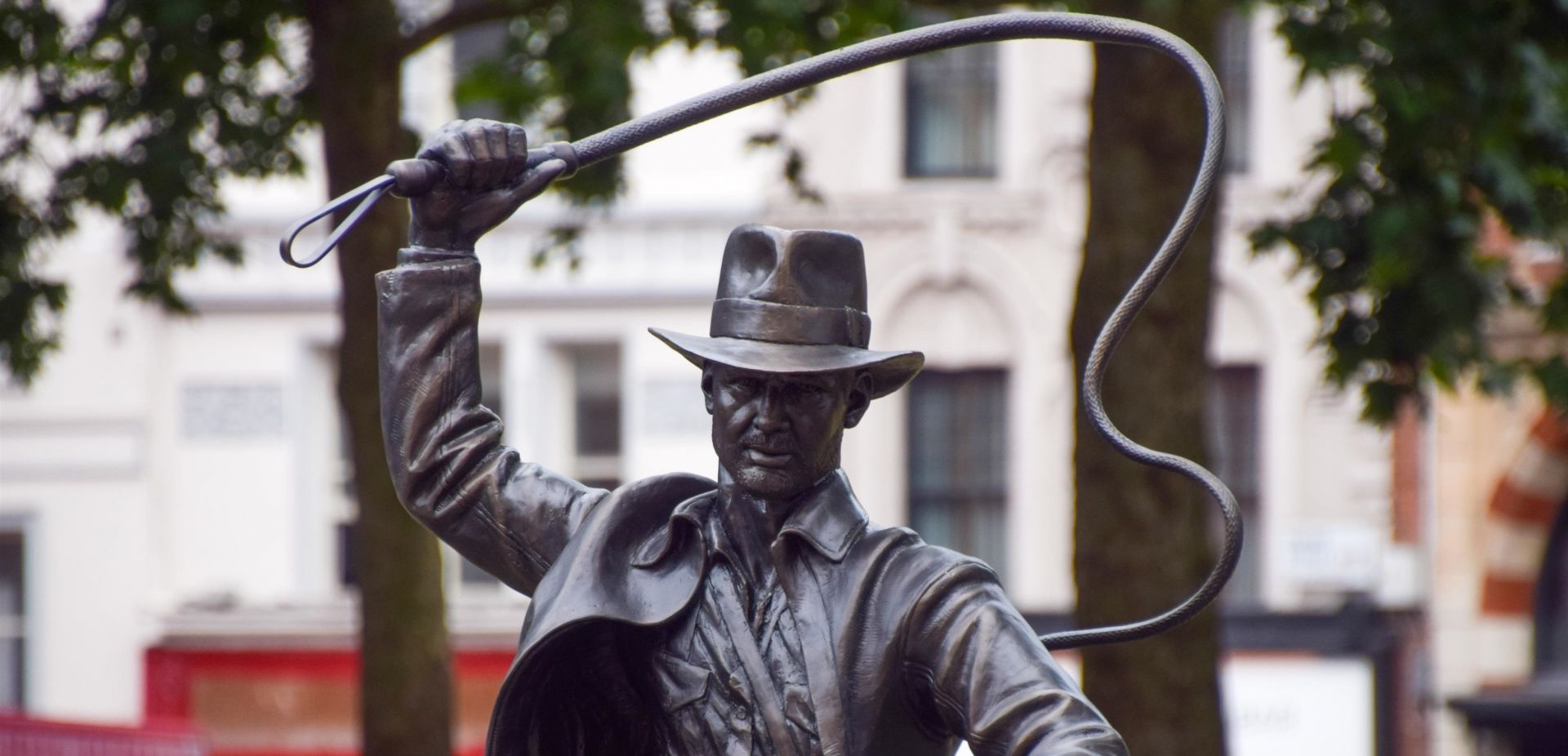
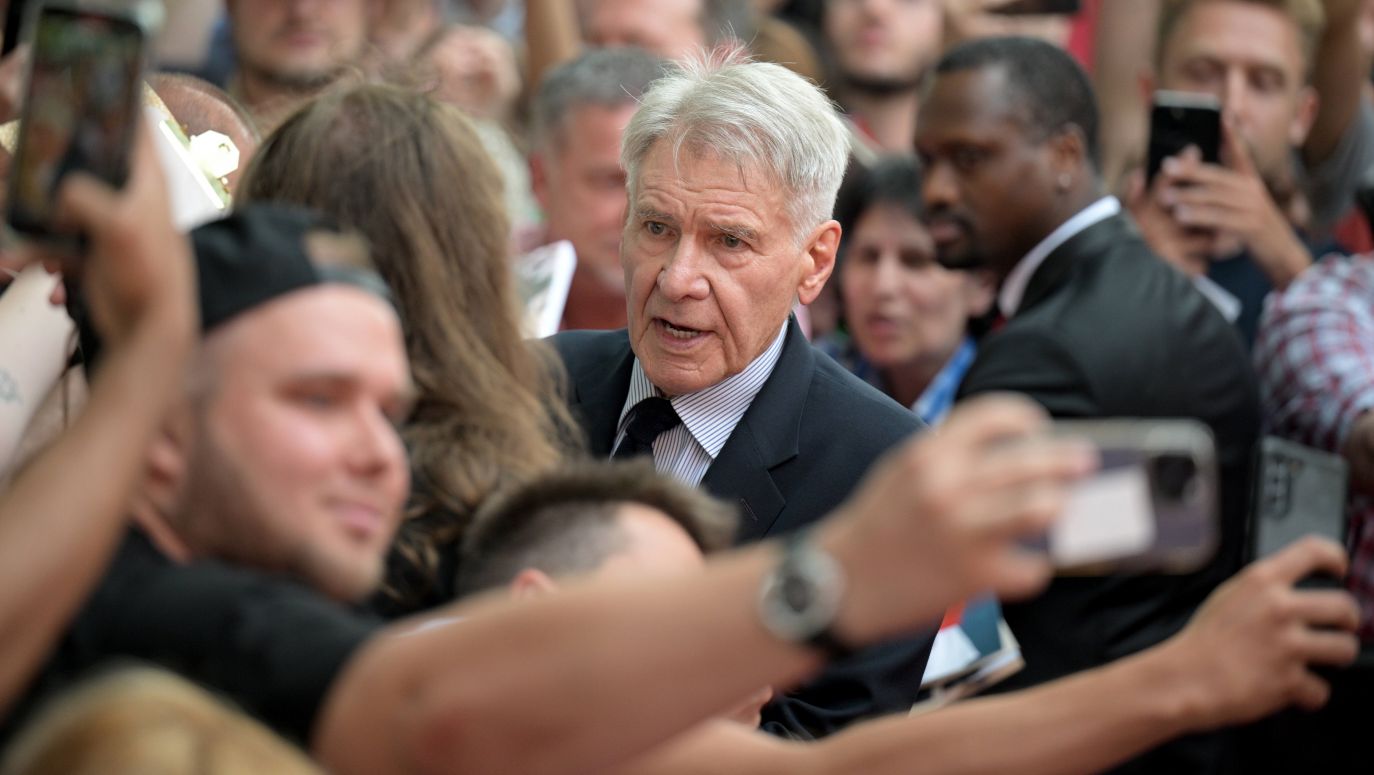
 SIGN UP TO OUR PAGE
SIGN UP TO OUR PAGE 
